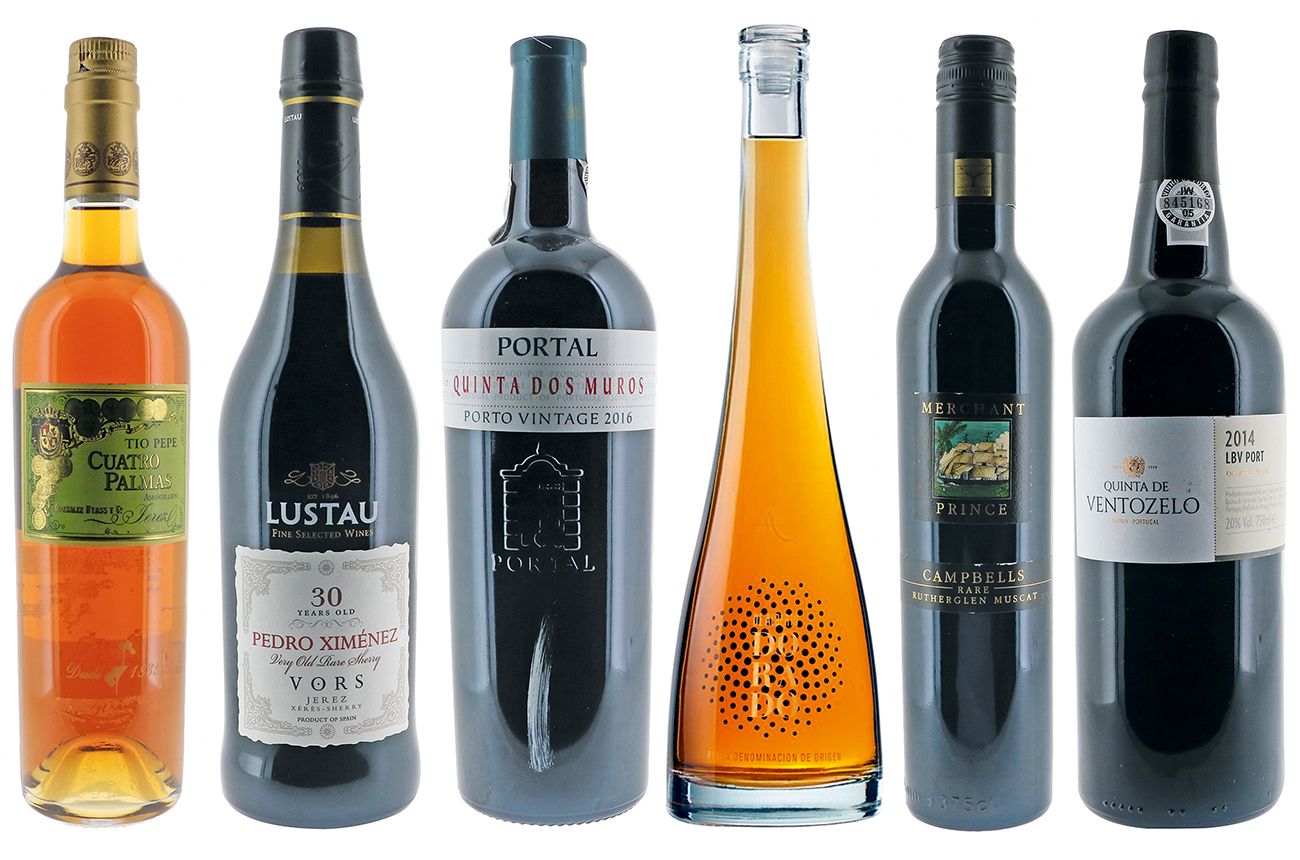

Published Date : 2022-Mar-01
Increased demand for wines in emerging markets like China, India, among other present new opportunities for growth, despite steady demand or declines in established markets. For example, in 2021, UK, a key producer of distilled wines globally, witnessed an increase of 28% increase in number of distilleries in the UK, despite derailment in demand due to covid-19. The total number of distillers in UK grew by 124, as their numbers doubled from 2019, and tripled in size from 2016

Increased demand for wines in emerging markets like China, India, among other present new opportunities for growth, despite steady demand or declines in established markets. For example, in 2021, UK, a key producer of distilled wines globally, witnessed an increase of 28% increase in number of distilleries in the UK, despite derailment in demand due to covid-19. The total number of distillers in UK grew by 124, as their numbers doubled from 2019, and tripled in size from 2016. 2019 became the first year when the England distiller’s numbers crossed the 300 mark, while total number of distillers in the UK reached over 560.
Fortified Wines: Key Trends
Similar trends were witnessed around the world, as exports became of fortified wines continues to become more attractive business, with increasing demand for wine varieties like port wines in emerging markets. For example, New Zealand, a relatively small wine producer in the global landscape, witnessed steady domestic sales from 2012-2018 periods, with demand declining at steady rate from 56.7 million liters in 2012 to 47.2 million liters in 2019. On the other hand, wineries in New Zealand more than made for the loss with increased exports globally. In 2012, New Zealand 176.6 million liters of wine, with a robust increase to 279.0 million of liters. The price rise in grapes continues to present a challenge for a relatively small producer like New Zealand, with prices of wine exports remaining steady, while costs continue to increase.
Despite the restraints, total production in the country increased from 194 million of liters in 2012, to 297.4 million liter in 2019. Furthermore, with advancing technology also promises higher yield, and higher market share for established players, due to increased distributed costs. For example, the increase in NZ’s wine production came on the back of relatively smaller increase in number of total distilleries. In 2012, New Zealand had 703 wineries, which grew to just 716 in 2019, with some years even witnessing a decline. In 2012, the average yield per ton of hectare of wine in New Zealand was 7.6, which nearly doubled in 2018, reaching 11.0 ton per hectare.
Fortified Wines: Regional Highlight
Fortified wines continue to present a niche commercial application, overtaking conventional choices in some emerging markets. In wine producing countries like South Africa, which is the 8th largest wine producer globally, distilled wine made up for 9.7% of its wine production in 2021, with 4% additional going into wine production for brandy. The largest portion of country’s grape harvest remained devoted to making wine, with 86% of the production making up for the largest chunk of total production of 1042 million liters. The covid-19 pandemic presented many challenges for wineries in South Africa, with export of packaged wines witnessing a 6% decline.
In South Africa, white varieties remain the most prominent in production, with over 55.4% production devoted to it, in South Africa’s 800 kilometers in length of total harvest area. Varieties like Chenin Blanc made up for 18.6%, while red wine varieties consisted 44.6% of the total area of harvest. Among red wines, the Cabernet Sauvignon, registered a total production of 10.8%, while Shiraz came second with 10.0% of the total plantation.